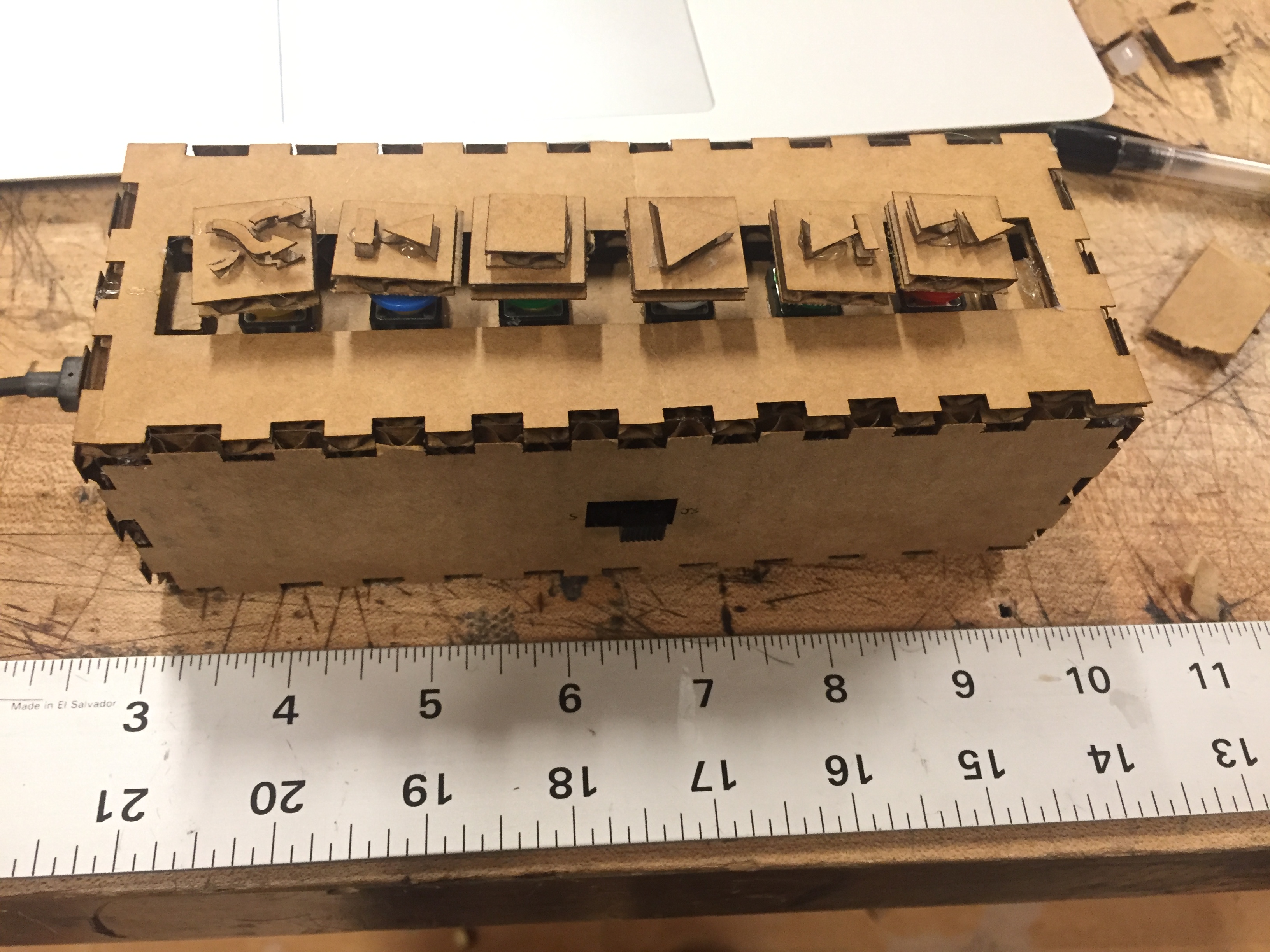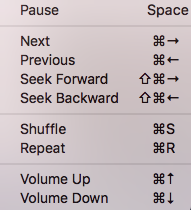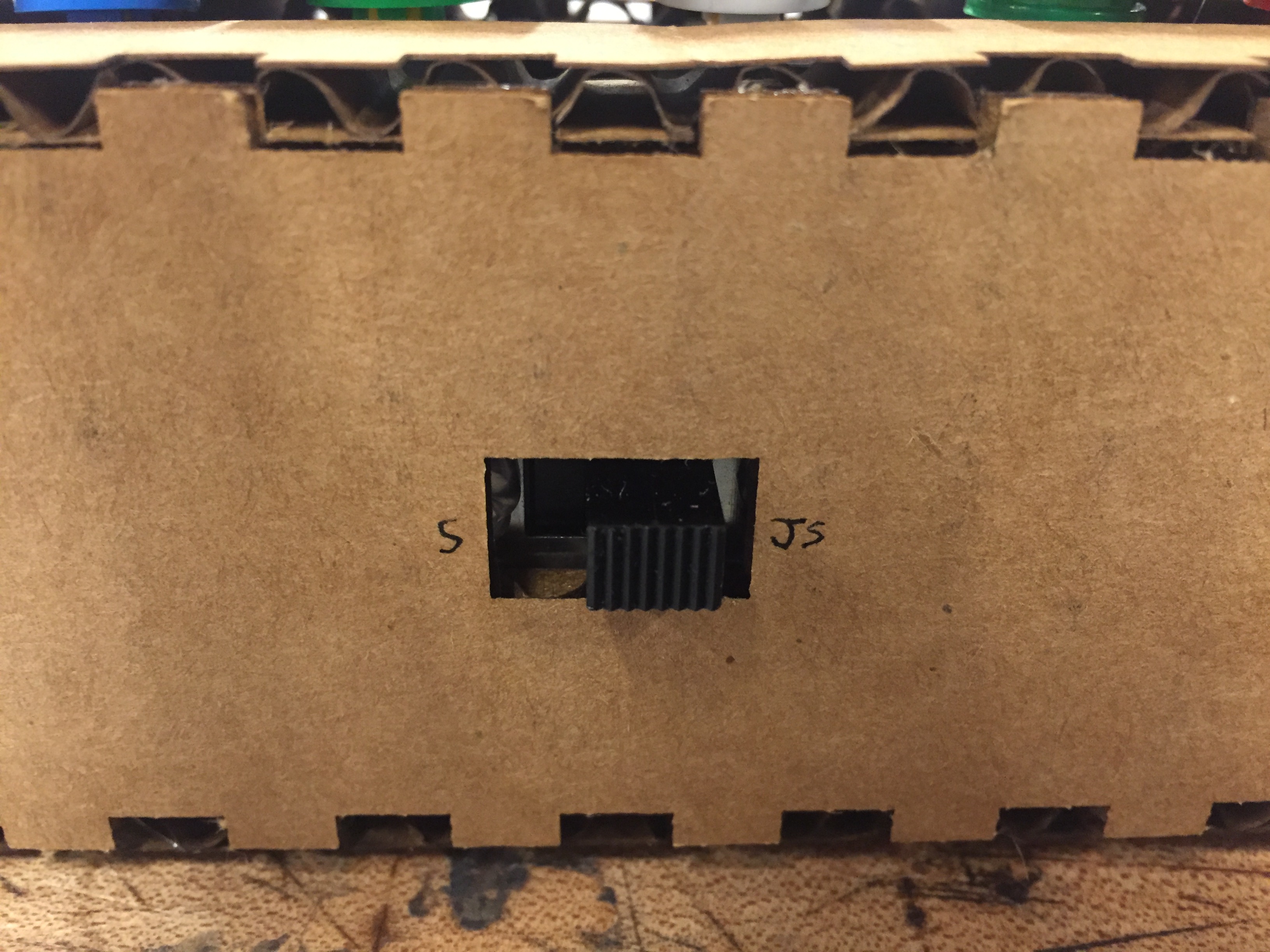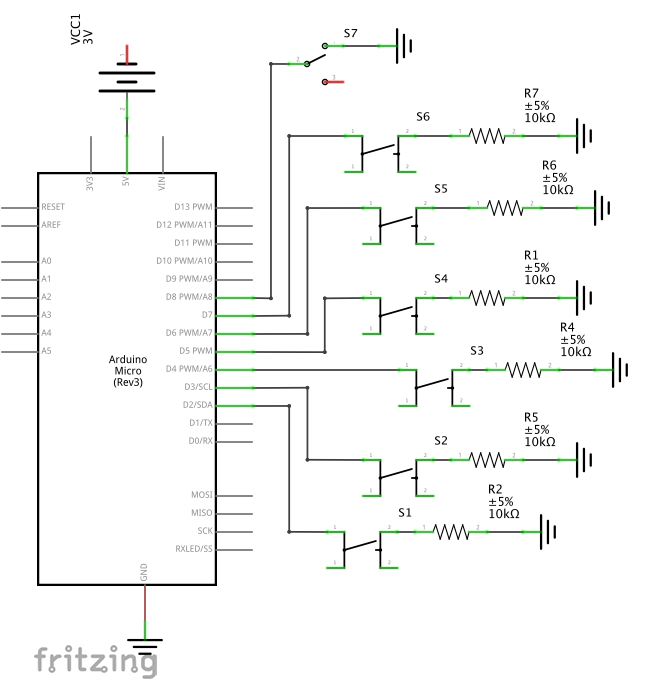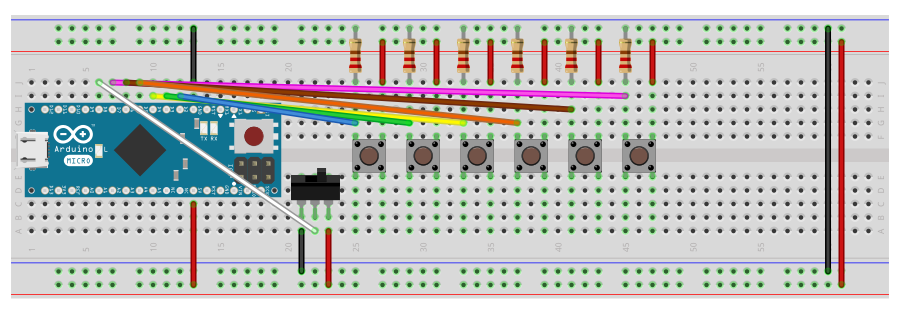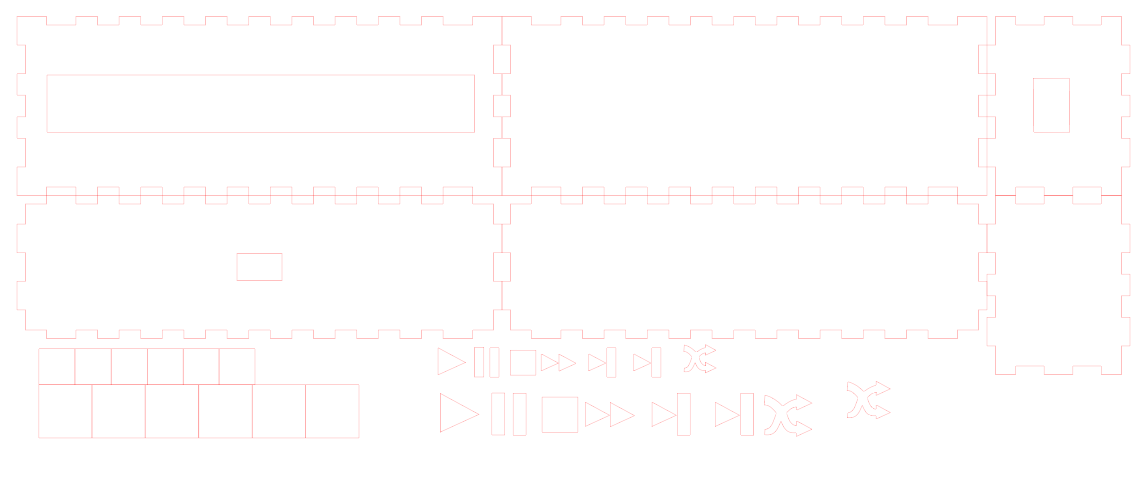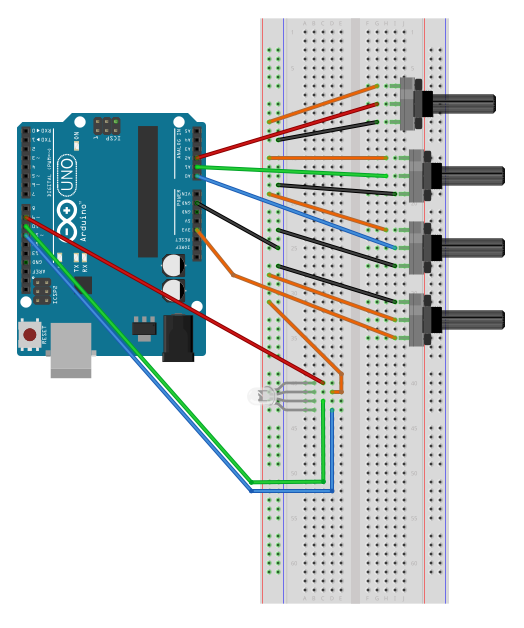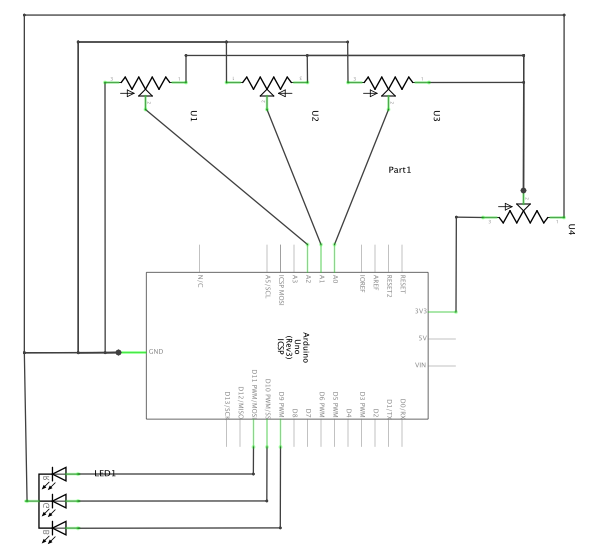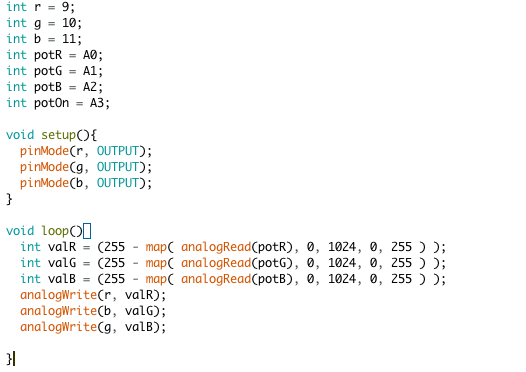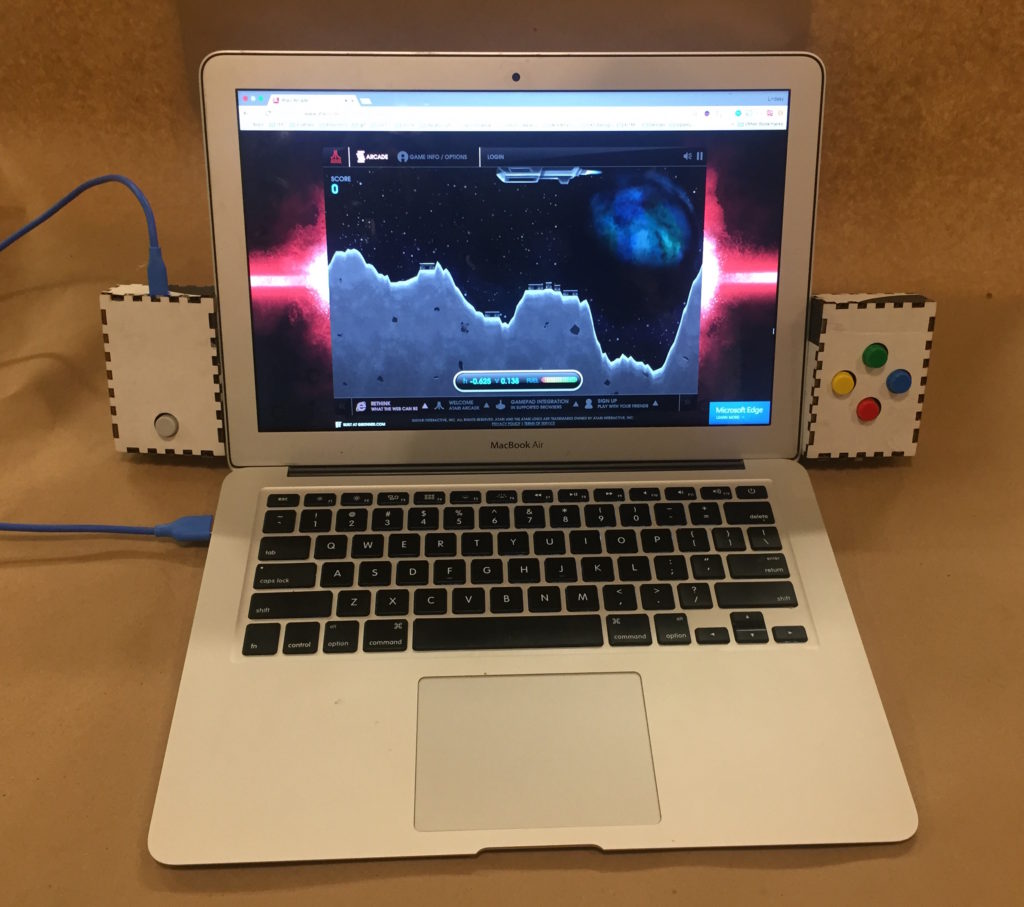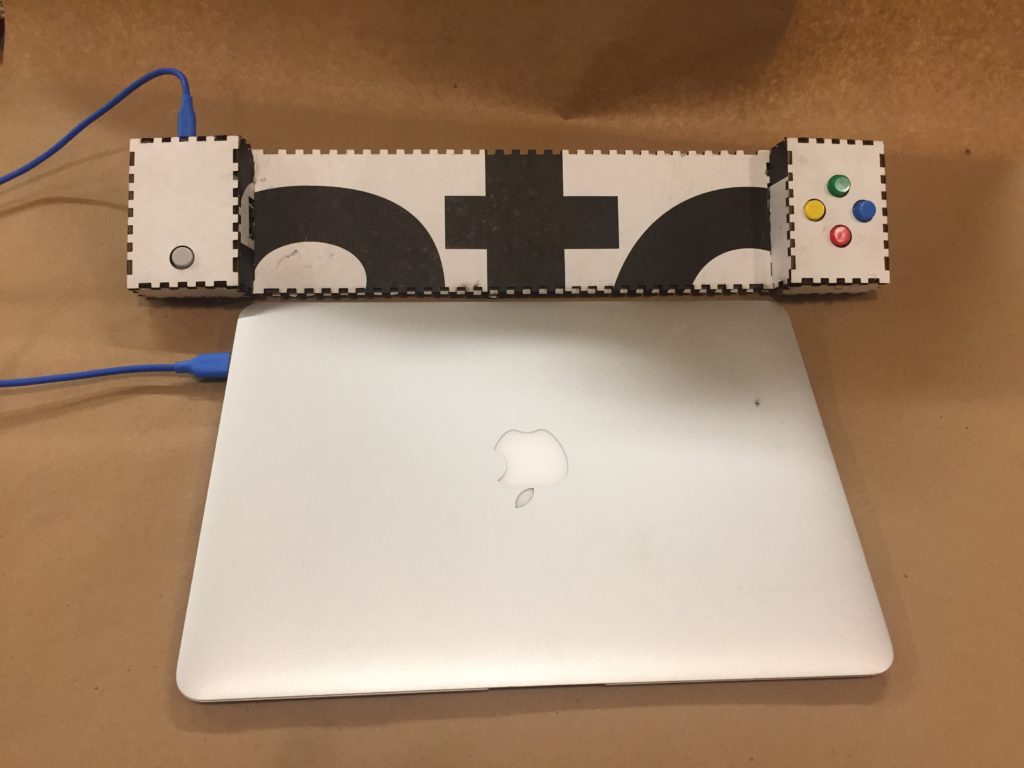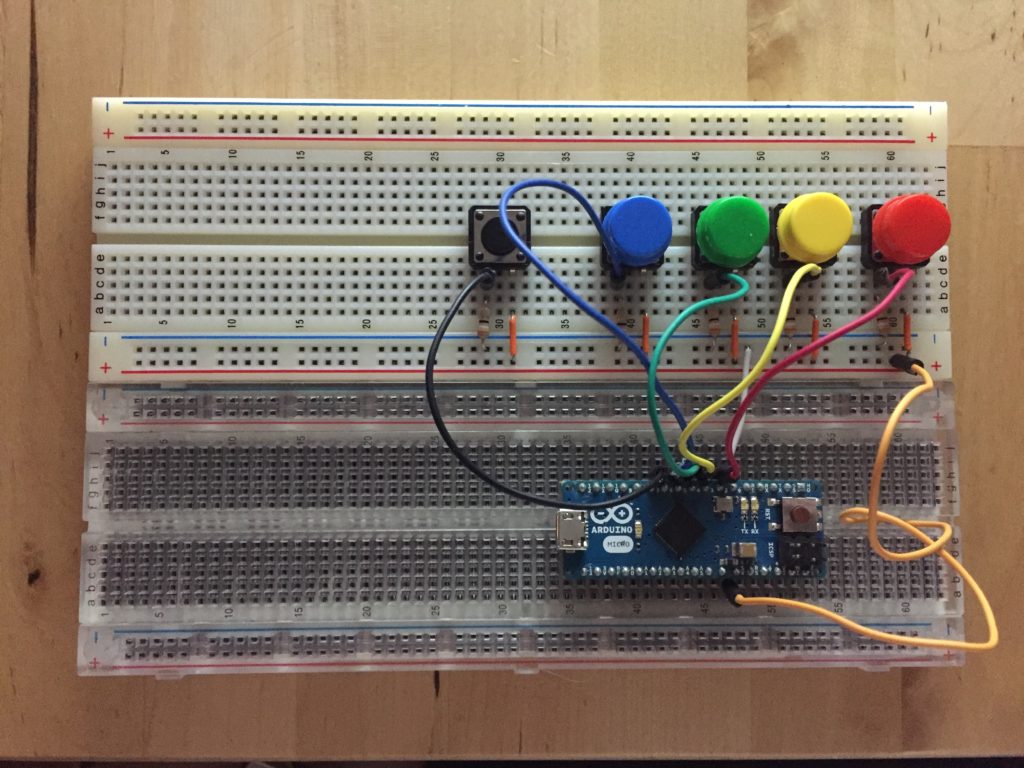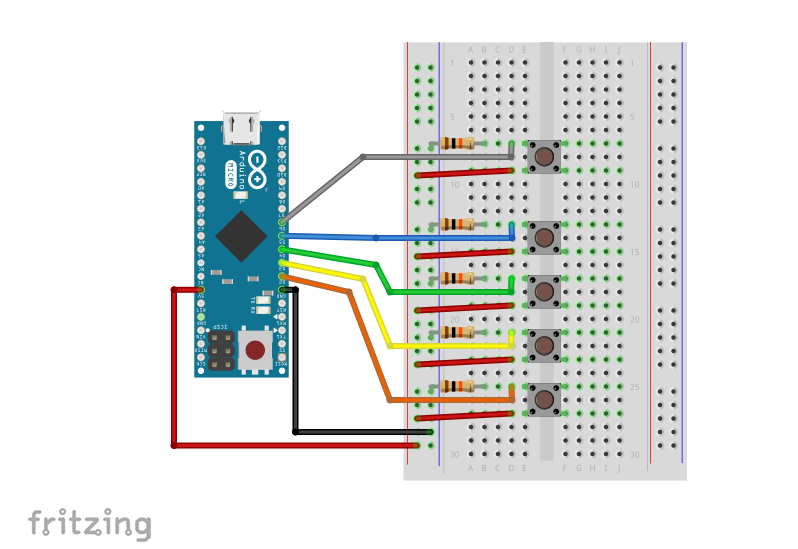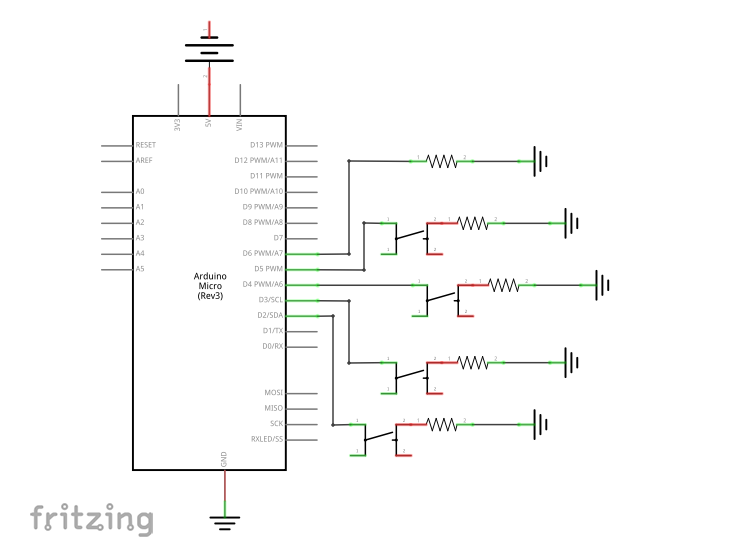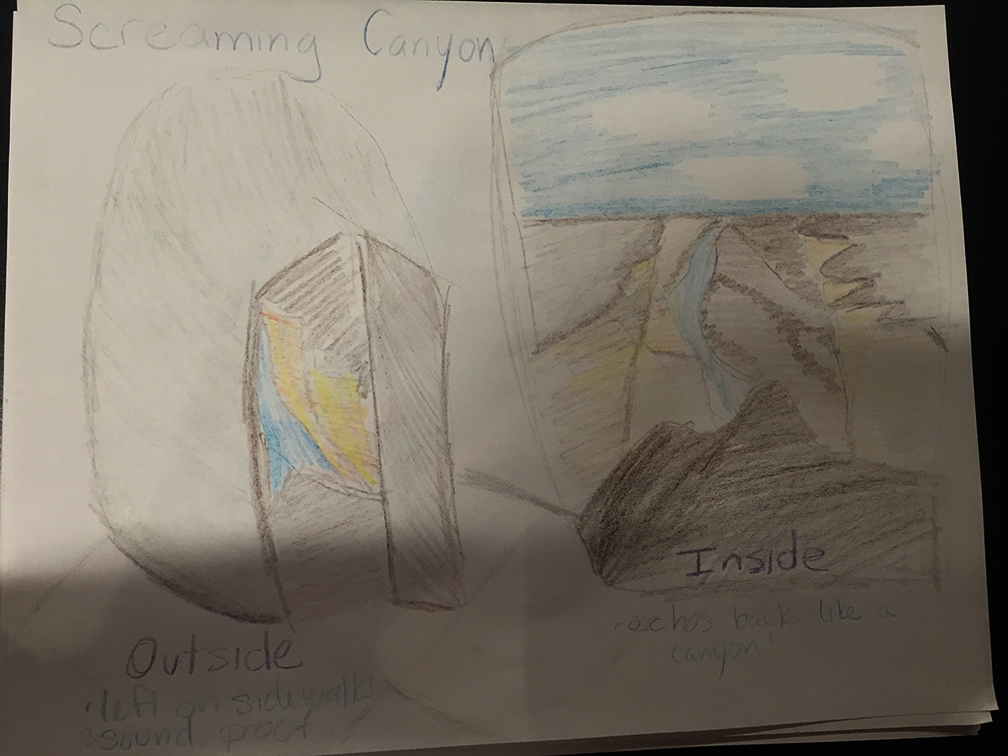This past week was Spring Break and since I had already had a trip planned, I wasn’t able to as much fabrication as I would have liked and the little that I did do broke. However, this turned out to be a blessing.
I started working on the idea of mirroring gloves. They were supposed to capture hand gestures. Then based on those movements, it would either encourage another user to match those or rate how the other user matches. However, during testing of the flex sensors in a glove, one of them broke. In the frustration, I started to think more about what I really wanted to get out of this class. Not only do I want to learn about wearables and what is their purpose, I also want a refresher on sewing and making soft sensors. Because of this, I have decided to once again alter my idea a bit once again.
I still want to explore body language but I am going to take a broader approach and not stick with just mirroring hand gestures. In class, someone suggested making something that would show different types of body language and this is where I plan to go. My idea is to make a shirt (although, I would like to make a dress) that based on where you place your arms, it will show a different output. I will use a mixture of contact buttons, flex sensors, and possibly accelerometers to monitor these movements. I think as of right now, it will be a visual output with multiple leds in a pattern for each movement but I also think there is something useful in sound.
I am much more excited about this and now have a plan for my outcome and even my documentation. Since I decided on this idea this afternoon, I don’t have much to show. I plan to make a fabric button tomorrow and I am currently looking at patterns for how to make the shirt. I am currently working on sketches for what it will be and filling out the past survey on what this will be about. I will add all of these later.
After all of the emotion and thought, I feel complete relief to finally see what I will be doing. I’m still nervous on how behind I am but I think being out of the web of uncertainty is helping to encourage my motivation to start.
Note: Also, I am very appreciative of everything that happened in class. Although, it was completely terrifying and I felt emotionally naked, I am glad to have had that experience. It was not only eye opening on how I need to get better at sharing my thoughts but also in how supportive people can be.
